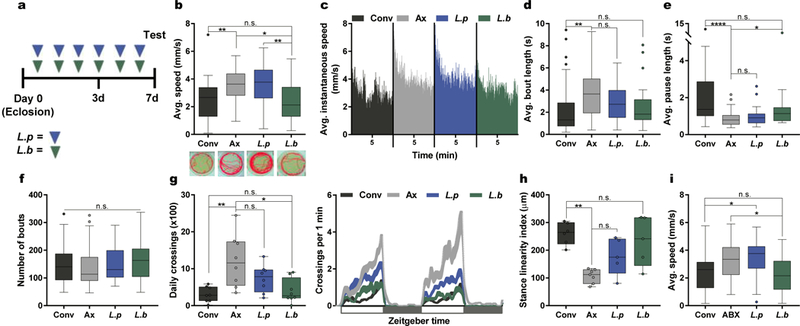Fig. 1|. Select gut bacteria modulate locomotor behavior in flies.

a, Experimental design unless otherwise stated. Briefly, female flies were either left untreated or administered with a bacterial culture or bacterial-derived factors through application to the fly media (40 μL) daily for 6 days. b – f, Analysis of average speed (b), average instantaneous speed (c), average bout length (d), average pause length (e), and number of bouts (f) of conventional (Conv), axenic (Ax), and L. plantarum (L.p) or L. brevis (L.b) mono-associated flies over a 10-min. period. Traces below in (b) are representative individuals from each group and dashes below in (c) represent the 5-min. mark for each group. (b) Conv, n = 36; Ax, n = 36; L.p, n = 35; L.b, n = 36. (c) Conv, n = 23; Ax, n = 35; L.p, n = 23; L.b, n = 21. (d – f) Conv, n = 32; Ax, n = 36; L.p, n = 22; L.b, n = 20. g, Daily activity of virgin female OregonR flies over a 2-day light-dark cycle period each lasting 12 hrs., starting at time 0. n = 8/condition. h, Stance linearity index calculated for each group. Conv, n = 6; Ax, n = 7; L.p, n = 5; L.b, n = 5. i, Average speed of Conv and Conv flies treated with antibiotics (ABX) for 3 days, following which flies were either left naïve or colonized with L.p or L.b. Conv, n = 25; ABX, n = 29; L.p, n = 24; L.b, n = 35. Box-and-whisker plots show median and interquartile range (IQR). * P < 0.05, ** P < 0.01, **** P < 0.0001. Specific P values are in the Supplementary Material. Kruskal-Wallis and Dunn’s post-hoc tests were used for statistical analysis.
